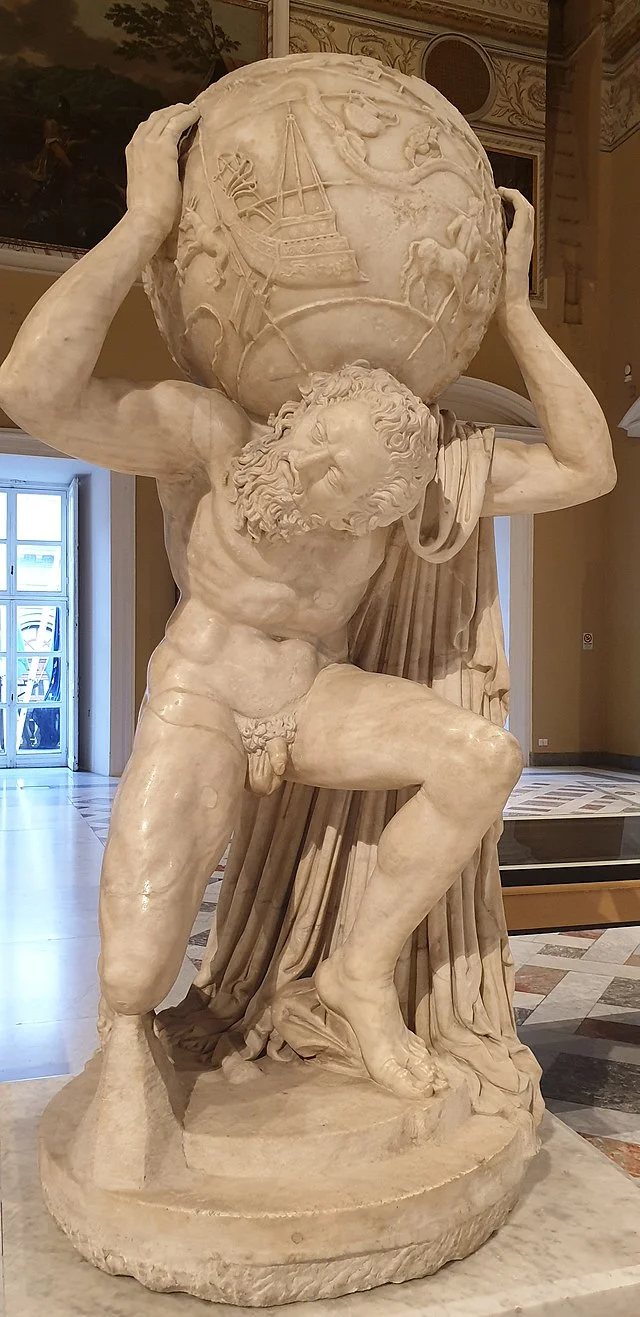The Farnese Atlas is an ancient Roman sculpture that depicts the Greek Titan Atlas. This statue is one of the oldest known representations of the celestial sphere. It is housed in the National Archaeological Museum of Naples and is a key artifact for historians, astronomers, and art historians alike. The statue is made of marble and stands about 7 feet (2.1 meters) tall, showcasing Atlas carrying the weight of the heavens on his shoulders.
Get your dose of History via Email
Origin and Dating
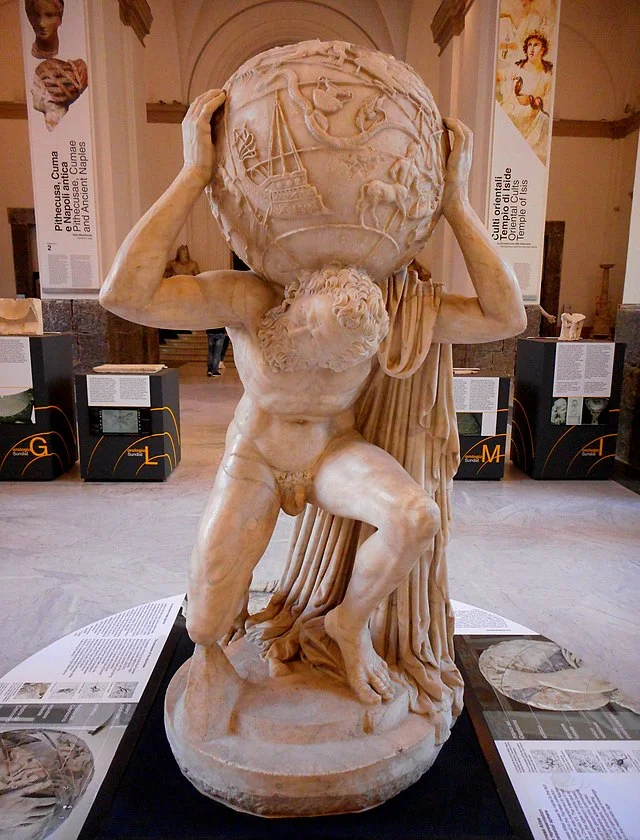
The Farnese Atlas is believed to be a Roman copy of a Hellenistic original, dating back to the 2nd century AD. Its name comes from the Farnese family, who owned the statue in the Renaissance before it became part of the museum’s collection. Experts believe the original Greek sculpture was created around the 3rd century BC.
The Celestial Sphere
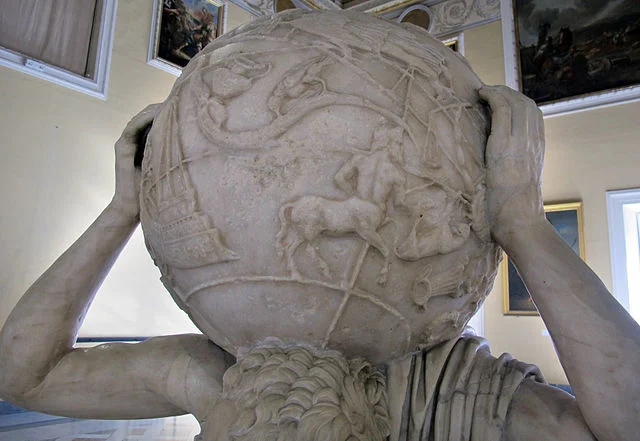
What makes the Farnese Atlas particularly important is the celestial sphere he holds. The sphere is detailed with constellations and stars, making it a valuable source for understanding ancient Greek astronomy. Historians and astronomers have studied the markings to learn about ancient views of the cosmos. The constellations depicted are consistent with the work of the Greek astronomer Hipparchus (c. 190–120 BC).
This connection to Hipparchus suggests that the sphere’s design reflects the knowledge of the Greek scientific world in the 2nd century BC. Atlas’ posture, along with the design of the sphere, symbolically represents his eternal burden of carrying the heavens.
Artistic and Cultural Significance
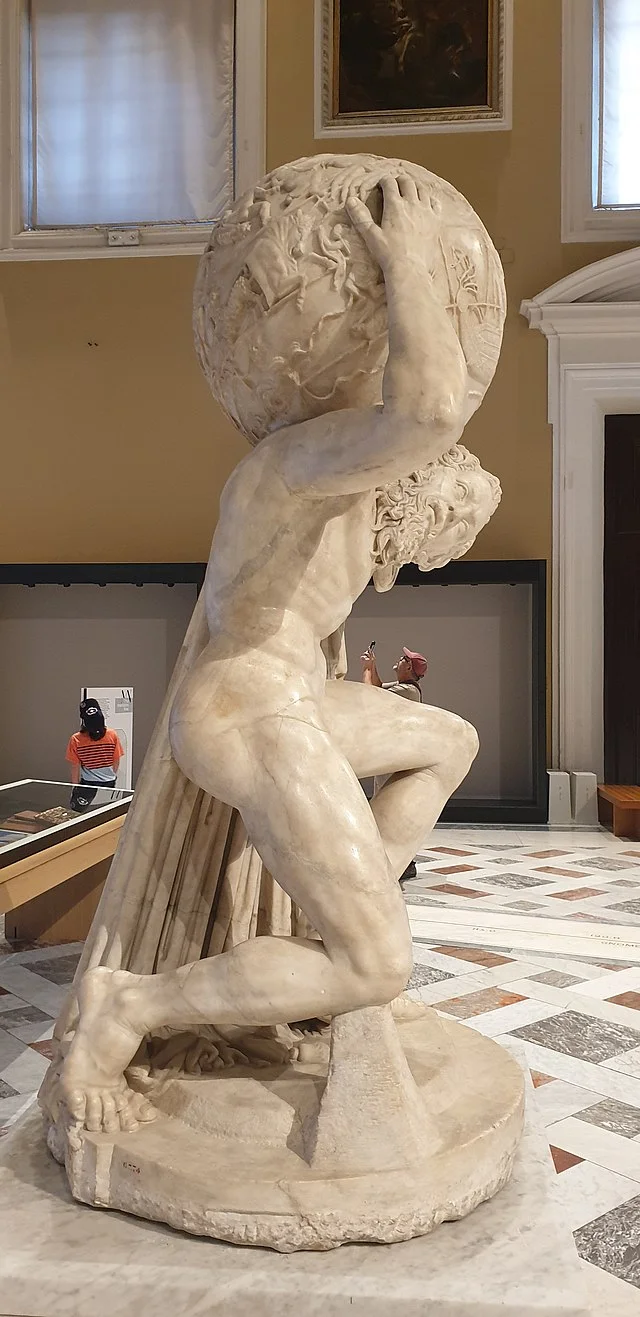
The Farnese Atlas stands out as a masterpiece of ancient sculpture, blending mythological themes with scientific observations. It is a prime example of how Greek mythology was adapted by Roman artists. Atlas is depicted with a strained and muscular body, conveying the immense weight he bears.
This sculpture also provides insight into how ancient Greeks and Romans viewed the cosmos and integrated it with their mythology. The celestial sphere atop Atlas’s shoulders represents the belief that the heavens were a physical entity, supporting the stars and planets.
Influence on Modern Understanding of Ancient Astronomy
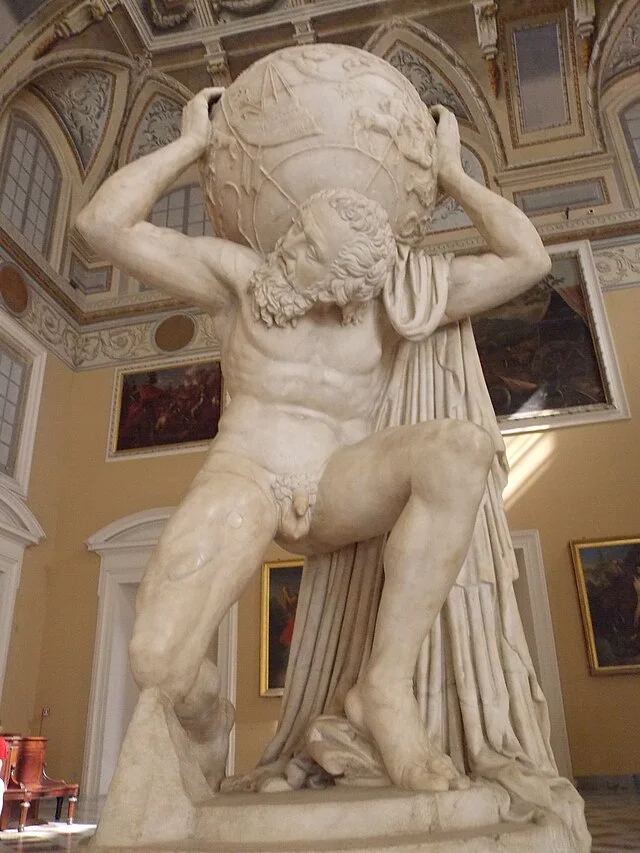
The celestial globe on the Farnese Atlas is one of the earliest known globes in the world, making it invaluable for understanding ancient astronomy. Modern scholars have used this artifact to study the evolution of star maps. Since the globe includes 41 constellations, it has been compared to later star catalogs, confirming its accuracy in reflecting ancient astronomical knowledge.
While many ancient texts on astronomy have been lost, the Farnese Atlas provides a rare, tangible link to the scientific traditions of the past. Scholars continue to examine it for clues about how the Greeks and Romans visualized the universe.
Conclusion
The Farnese Atlas is not only a stunning piece of ancient art, but it also serves as an important artifact for the study of ancient astronomy. Its combination of mythology and scientific knowledge makes it a key object for both art historians and astronomers. As one of the oldest surviving depictions of the heavens, it provides a glimpse into how ancient civilizations understood and mapped the stars.
Source:

